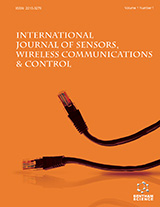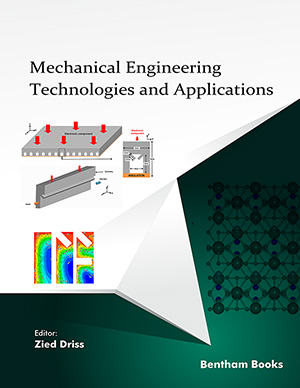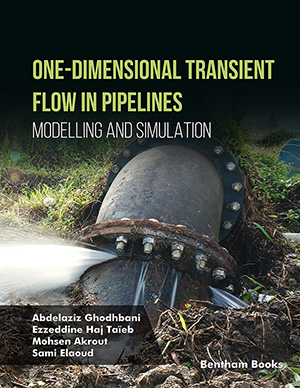Abstract
Background: Pole-climbing robots are a type of application robot commonly used for quality inspection, cleaning, and maintenance of utility poles, high voltage lines, bridge cables, transmission pipelines, and other important facilities with a certain height. The working conditions are often harsh and dangerous, making manual participation unsafe. The pole-climbing robot can provide a platform for maintenance and cleaning work. Remote control operation of the poleclimbing robot is achieved through communication and control technology. It has been created to improve efficiency and reduce personnel accidents greatly. At the same time, the continuous development of science and technology has led to the expansion of robot design concepts. It has also brought about great changes and growth in the development of pole-climbing robots.
Objective: The purpose of this paper is to report the latest progress in the research of pole-climbing robots from bionic and non-bionic perspectives and to provide a research reference for researchers in this field.
Method: By analyzing academic theses and published patents, this paper presents a new classification of pole-climbing robots from the perspective of bionic and non-bionic. By summarizing the literature, the structural characteristics of various pole-climbing robots and their differences and applications are summarized.
Results: The performance of the pole-climbing robots is analyzed from the viewpoint of structural characteristics and action execution methods. In turn, the characteristics of various types of poleclimbing robots are summarized. Finally, based on the above discussion, the future problems and development directions of pole-climbing robots are predicted.
Conclusion: The pole-climbing robots can be divided into two categories, bionic and non-bionic, based on the analysis of design features. Both bionic and non-bionic pole-climbing robots have good development and applications in their respective directions. Also, bionic and non-bionic poleclimbing robots have different detailed classifications based on material, structure, and other perspectives. They have different advantages and disadvantages in terms of the performance of poleclimbing action execution. It provides a research reference for future researchers in this field.
Keywords: Bionic robot, climbing stability, mechanical structure, pole-climbing robot, soft robot, working characteristics.






















